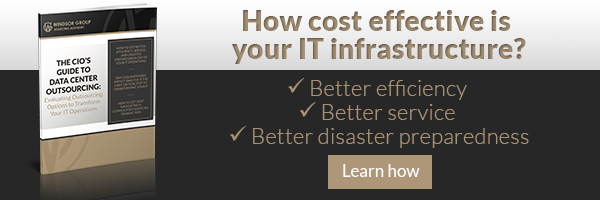
With so many emerging technologies and trends to track, the promises and predictions about big data can be enticing to look at. Each New Year brings an added level of pressure for CIOs and IT procurement teams to leverage big data in new ways, in order to acquire that ever-elusive competitive edge.
Here are 3 big data predictions for 2016 that you can’t afford to ignore:
1. Apps and Autonomous Things
One way companies have made it easier for their business users to get information that they need (and now) is implementing no-coding-required apps. To bridge the ongoing gap between the shortage of big data talent and the need for business information, more tools and features that expose information simply and directly to the people who use it will continue to have a prominent presence this year. Until the skills gap is reduced, expect this to be a growth area in 2016.
Not only that, but organizations have actually been embedding pieces of analytic functions directly in the applications that need them the most. According to the IDC, by 2020 cognitive computing functionality will be the foundation on which half of all business analytics will be built on.
2. Algorithms and Advanced Machine Learning
A trend that is attracting more interest and attention among organizations is machine learning, where algorithms are created that enable computers to learn from experience. Devices can automatically collect, store and analyze data, creating the ultimate tool for data driven, modern organizations. Jobs that used to require human interactions will no longer need them since machine learning gives organizations the recourse to automate those functions.
Some experts have even identified a follow-up stage to this; aptly naming it “advanced machine learning”, as a top strategic trend for 2016. This area is evolving quickly – an advanced form of machine learning called deep neural nets will create systems that can autonomously learn to perceive the world on their own.
3. Data as a Corporate Asset
While organizations have always known that their corporate data is valuable, organizations haven’t always been known to act on that value. In terms of how data is collected, generated, managed, and deployed, companies often see it as an expense versus a capital investment. Consequently, data is never truly engaged with the business. Luckily, another prediction for 2016 is that the cost of big data will decrease, making it accessible for most businesses today. The capabilities and potential to a broader range of businesses, across sectors and sizes, means a true big data revolution is in the works.
Only time will tell what the future actually holds for big data, but from these predictions it’s clear that 2016 has some potentially exciting things in store; and enterprises can’t afford to fall behind.


